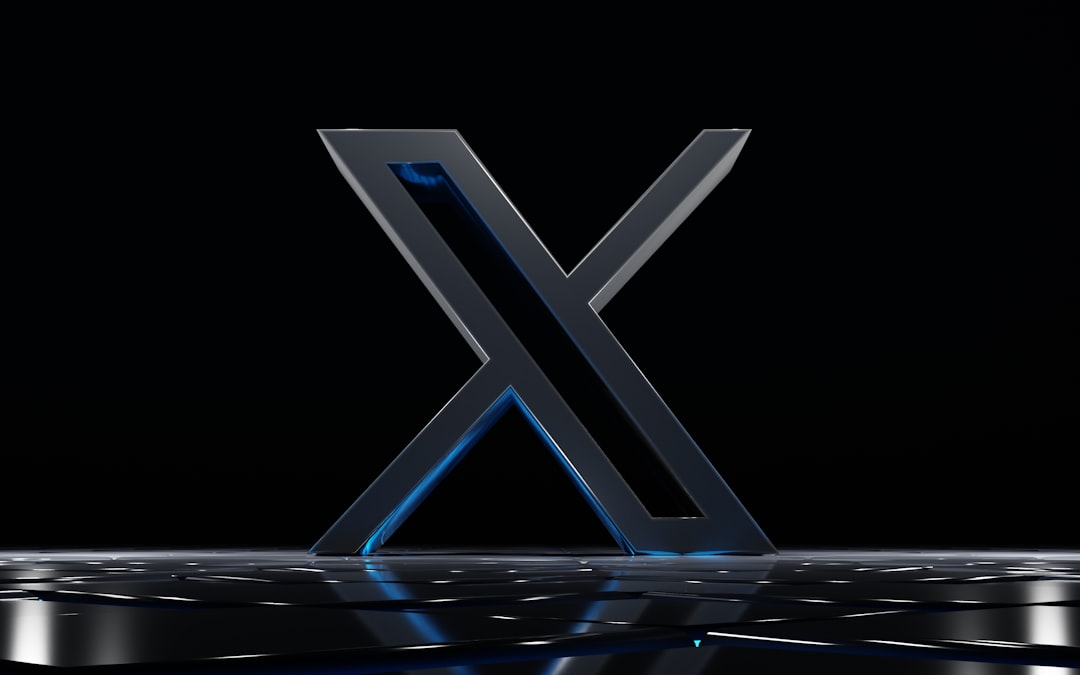DirectX is a vital component of the Windows operating system, especially for gamers and multimedia users. It enables software—particularly games—to interact efficiently with your PC’s video and audio hardware. However, if something goes wrong, it can lead to frustrating crashes, error messages, or degraded performance. Fortunately, fixing DirectX errors on Windows 10 and 11 doesn’t have to be daunting. In this guide, we’ll walk you through the step-by-step process to identify and resolve common DirectX issues.
What is DirectX?
DirectX is a suite of application programming interfaces (APIs) developed by Microsoft. It’s primarily used for rendering multimedia content like video and game graphics. Over the years, numerous iterations of DirectX have been released, including DirectX 9, 10, 11, and the most recent version, DirectX 12, which is pre-installed with Windows 10 and 11.
Most issues arise due to outdated drivers, missing components, or corrupted system files. Here’s how to fix them, step-by-step.
Step 1: Identify the Error Message
The first step in troubleshooting a DirectX error is paying close attention to the message you’re receiving. Some common DirectX error messages include:
- “DirectX encountered an unrecoverable error.”
- “DXGI_ERROR_DEVICE_REMOVED”
- “D3D11-compatible GPU is required to run the engine.”
Take note of the exact message, as it can guide you toward the solution and help pinpoint whether it’s a hardware issue, a driver problem, or a software conflict.
Step 2: Check Your DirectX Version
In order to use the latest features and avoid compatibility issues, you should make sure you are using the latest version of DirectX compatible with your system.
- Press Windows + R to open the Run dialog box.
- Type
dxdiagand hit Enter. - In the DirectX Diagnostic Tool, check the DirectX Version at the bottom of the system tab.

If you’re not running DirectX 12 and your hardware supports it, you might need a Windows update to upgrade your DirectX version.
Step 3: Update Graphics Drivers
Most DirectX errors are related to your GPU (graphics processing unit). Keeping your drivers up-to-date is crucial. Here’s how:
- Open Device Manager (press Windows + X, then select Device Manager).
- Expand the Display Adapters section.
- Right-click your graphics card and select Update driver.
- Choose Search automatically for updated driver software.
You can also visit the manufacturer’s site:
Step 4: Reinstall DirectX
In some cases, your DirectX installation may be corrupted. To reinstall:
- Download the official DirectX End-User Runtime Web Installer from Microsoft.
- Run the installer and follow the on-screen instructions.
Note: Windows 10 and 11 don’t allow DirectX 12 to be installed manually—it’s updated through Windows Update. However, earlier versions like DirectX 9.0c components may still be required for certain legacy games, which this installer can repair.
Step 5: Run System File Checker
System file corruption can sometimes interfere with DirectX. Running the System File Checker (SFC) tool can help fix this:
- Open the Command Prompt as an administrator (Type “cmd” in the Start Menu, right-click Command Prompt, and select “Run as administrator”).
- Type the command:
sfc /scannowand press Enter.
Wait for the scan to complete. If the tool finds and fixes any problems, restart your computer and try launching your application again.
Step 6: Install Visual C++ Redistributables
Many apps and games depend on Visual C++ Redistributable Packages to run correctly. Not having these installed, or having corrupted files, can lead to DirectX-related issues.
- Visit the official Microsoft Visual C++ Redistributables page.
- Download and install both the x86 and x64 versions.
- Restart your computer after installation.

Step 7: Enable Hardware Acceleration
On some systems, hardware acceleration may be turned off, limiting performance and causing rendering issues. To check:
- Go to Settings > System > Display.
- Scroll down and click Graphics settings.
- Locate “Hardware-accelerated GPU scheduling” and make sure it’s turned on.
Note that this option only appears on supported GPUs and may require a restart after it’s enabled.
Step 8: Check Game/System Requirements
Some newer games require a specific version of DirectX and a compatible GPU. Always double-check the minimum system requirements of the application or game you’re attempting to run. Incompatibility could be causing the issue.
Additionally, ensure your Windows installation is fully up to date:
- Go to Settings > Update & Security > Windows Update.
- Click Check for updates and install any available updates.
Step 9: Reinstall the Problematic Application
If the error only occurs with one game or application, try reinstalling it:
- Uninstall the application via Settings > Apps or Control Panel > Programs and Features.
- Restart your computer.
- Download and install the latest version of the software.
Sometimes installation packages include their own version of DirectX which may get repaired during reinstallation.
Step 10: Perform a Clean Boot
Occasionally, background processes or services may interfere with DirectX applications. A clean boot helps isolate the problem:
- Press Windows + R, type
msconfig, and press Enter. - In the System Configuration window, go to the Services tab.
- Check Hide all Microsoft services, then click Disable all.
- Go to the Startup tab and open Task Manager.
- Disable all startup items, then restart your computer.
If the error disappears, you can gradually re-enable services and programs to find the culprit.
Extra Tip: Use the DirectX Repair Tool
There are third-party tools like DirectX Repair that can automate many of these processes. Use such tools cautiously and only download from reliable sources like the official site or reputable forums (such as MajorGeeks or TechSpot).
Conclusion
While DirectX errors can be disruptive, they’re usually fixable with a bit of systematic troubleshooting. By following the steps covered—such as updating drivers, reinstalling components, and checking system integrity—most users can resolve the issue without needing to seek professional help.
Whether you’re trying to enjoy your favorite AAA game or simply run a multimedia application, getting DirectX back on track ensures a smooth, high-performance experience
